Customer Acquisition Funnel: The Complete Guide
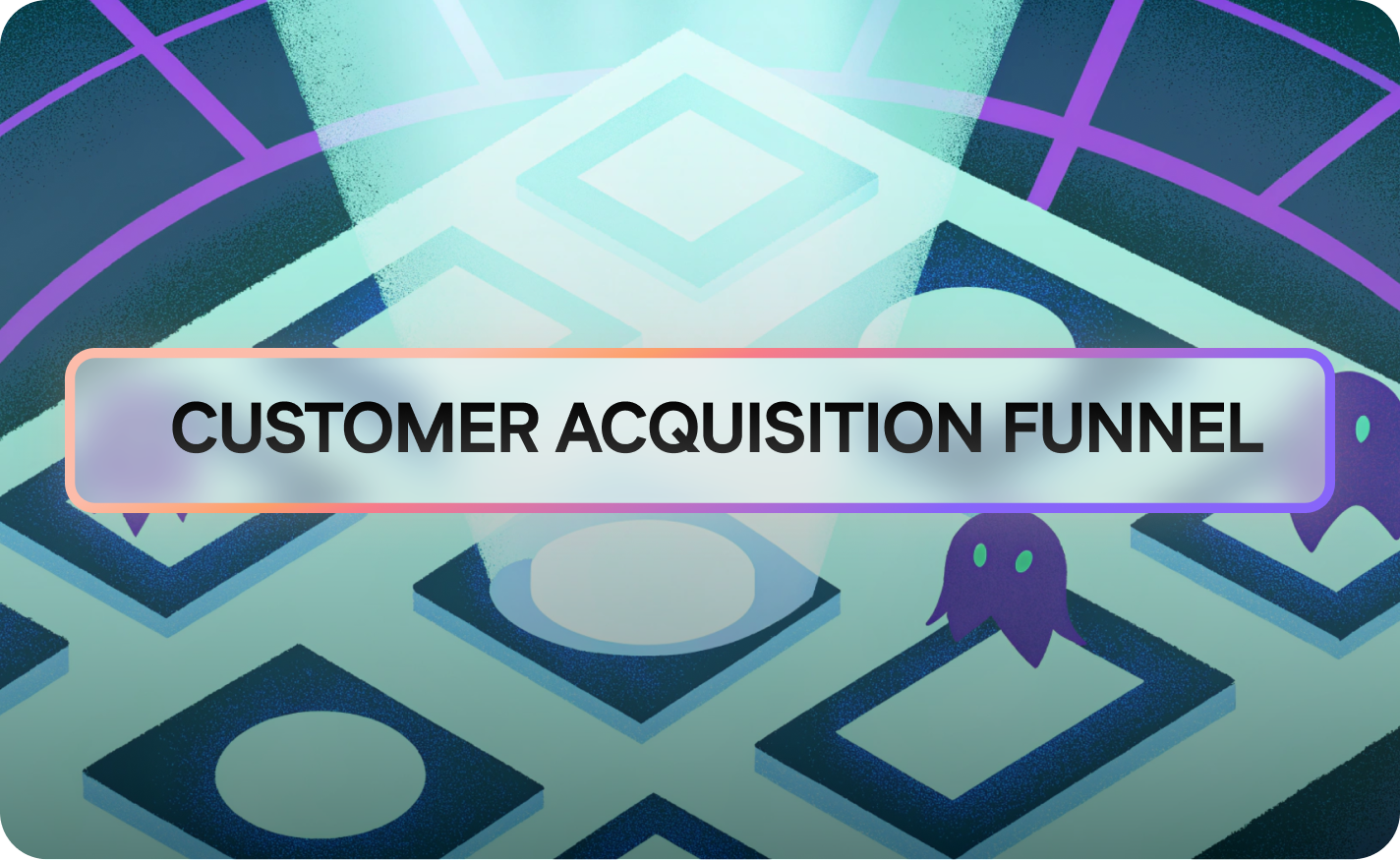
Are you struggling to convert potential customers into paying customers? Do you want to optimize your marketing efforts and improve your customer acquisition strategies? This guide provides a complete overview of the customer acquisition funnel, its stages, and how to effectively optimize it for better results. You will discover best practices, actionable tips, and real-world examples to enhance your customer acquisition efforts and grow your loyal customer base.
Understanding the Customer Acquisition Funnel
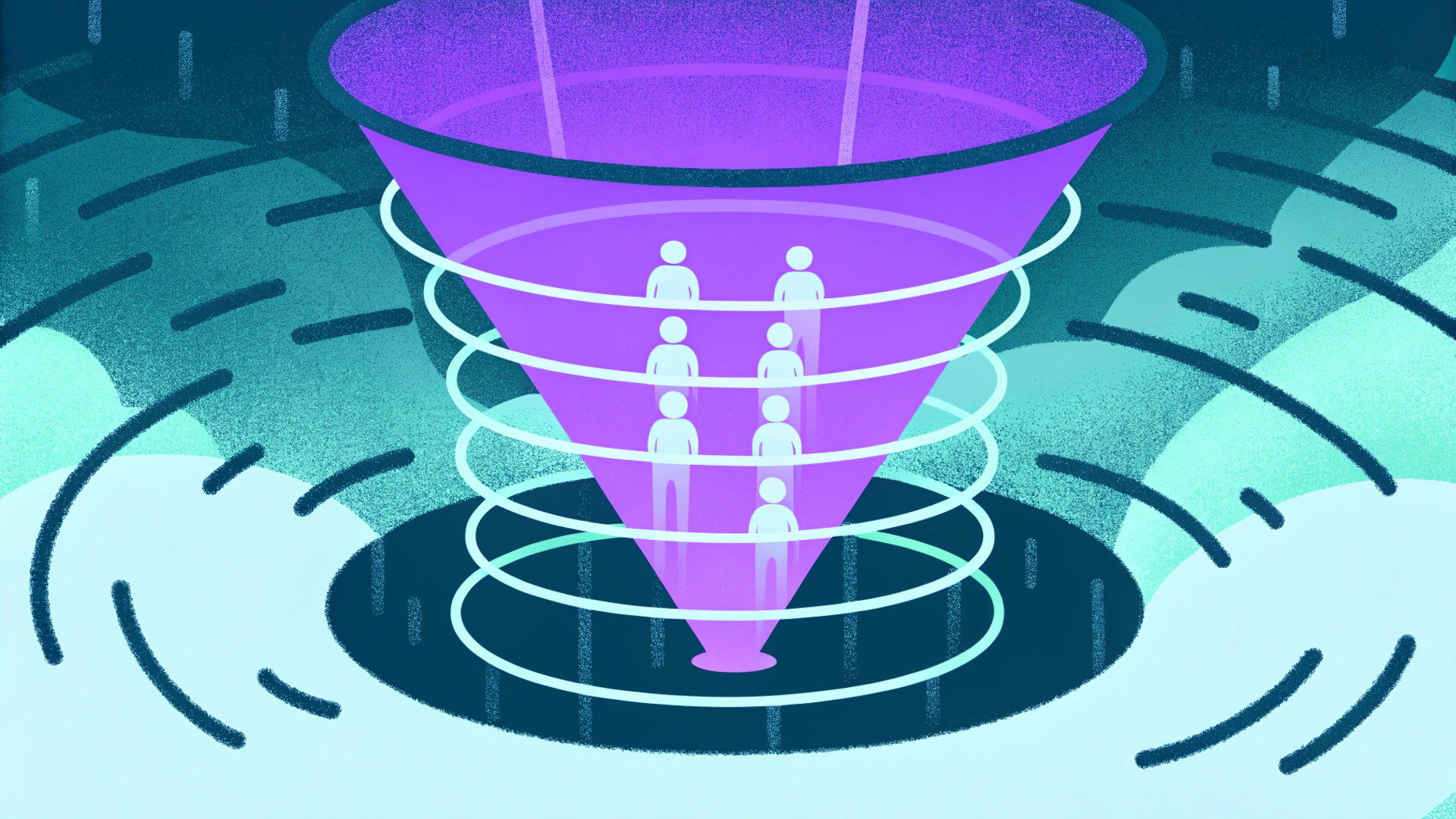
What is the Customer Acquisition Funnel?
What exactly is a customer acquisition funnel? The customer acquisition funnel is a visual representation of the customer journey, outlining the stages a potential customer goes through from initial awareness to becoming a loyal customer. It's a strategic framework that helps marketing and sales teams understand and optimize each step of the acquisition efforts, ensuring a smooth transition from prospect to paying customer. By understanding this funnel, you can better tailor your marketing and sales activities to meet the needs of your target audience.
Importance of Optimizing Your Funnel
Why is it so important to optimize your funnel? Honing a customer acquisition funnel zeros in on leak audits over scattershots. Session traces can elevate rates 15%, per 2025 yardsticks. Over a decade engineering acquisition pipelines for SaaS mid-markets shows that funnels hemorrhaging 40% of leads mid-consideration can be rerouted via behavioral diagnostics to spike conversions 15%, all without inflating ad budgets. If you don’t want to let 98% of your prospects slip, sign up for LiveSession now and transform funnel guesswork into observable wins, reclaim that 15% conversion edge. Optimizing the funnel directly impacts your conversion rate and overall customer acquisition cost.
Different Stages of the Funnel
The customer acquisition funnel typically consists of several stages, each requiring tailored strategies to move potential customers further down the funnel, ultimately leading to customer acquisition. Key metrics for each stage are summarized below. The average website conversion rate across B2B is just about 2% [Statista: Global Conversion Rates], emphasizing the need for funnel optimization.
Funnel stages and their key metrics
- Awareness - Key Metric: Gauging Traffic
- Interest - Key Metric: Engagement Ratios
- Consideration - Key Metric: Lead Scores
- Decision - Key Metric: Close Speeds
Key Metrics to Measure Customer Acquisition
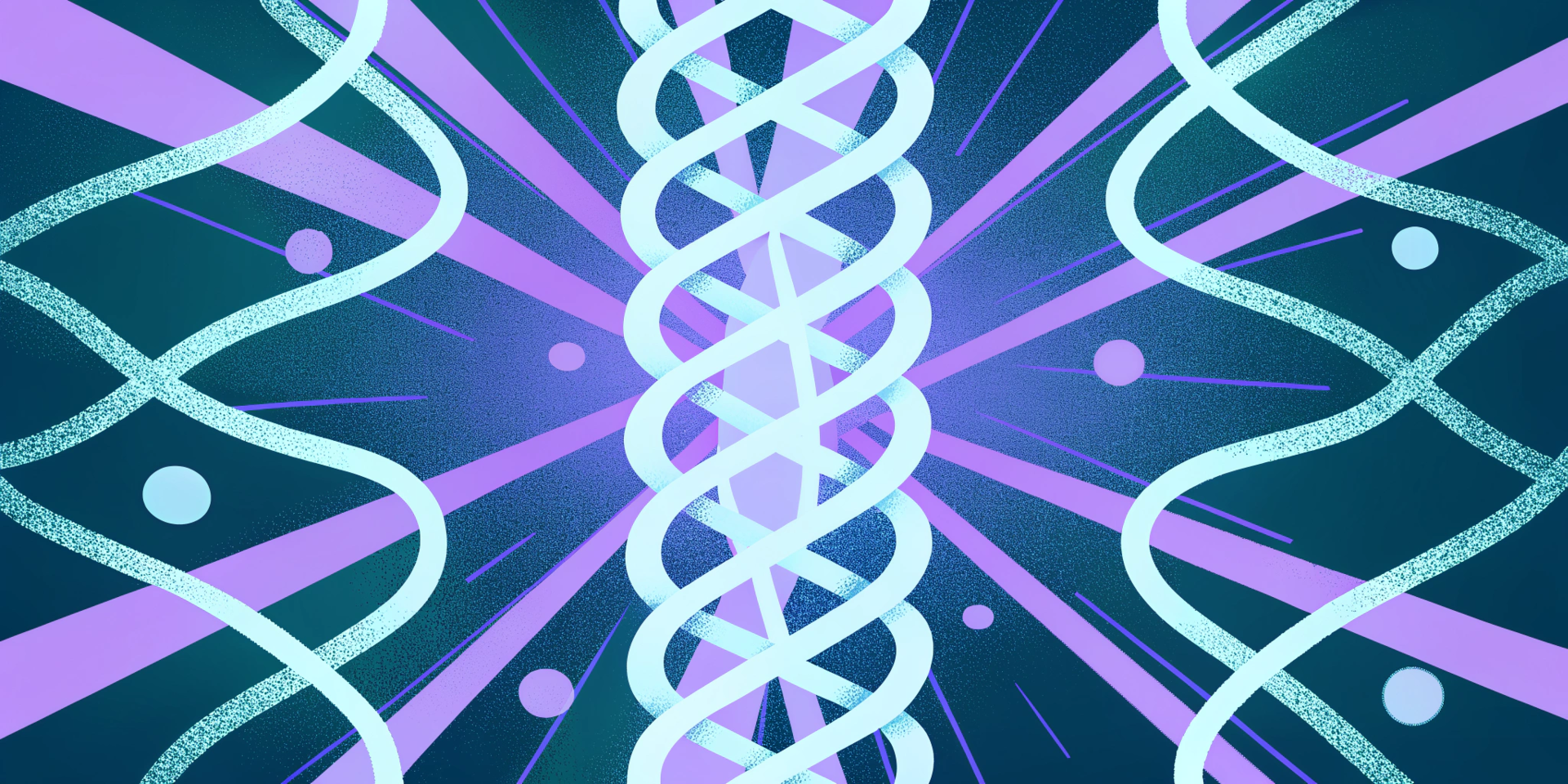
Defining Customer Acquisition Cost (CAC)
Cost Calculation: What is the Customer Acquisition Cost or CAC? Defining Customer Acquisition Cost (CAC) is essential to understand how much it costs to acquire new customers. The CAC is calculated using the formula: CAC = (Sales + Marketing Spend) / New Customers Acquired. The average customer acquisition cost (CAC) for B2B SaaS businesses stands at $239 in 2025 [First Page Sage: CAC by Industry].
Benchmarking: How often should you check this number? Audit CAC formulas quarterly to ensure that your strategies are cost-effective. By consistently measuring and analyzing your CAC, you can identify areas for improvement and optimize your marketing efforts to acquire customers more efficiently.
Customer Lifetime Value: How should your CAC relate to your Customer Lifetime Value? Target a Customer Lifetime Value (CLV) that is three times greater than your CAC to ensure long-term profitability and sustainable growth. Consistently monitoring these metrics allows your sales team and marketing team to acquire customers effectively, contributing to a healthier customer base and overall customer retention.
Acquisition Metrics Overview
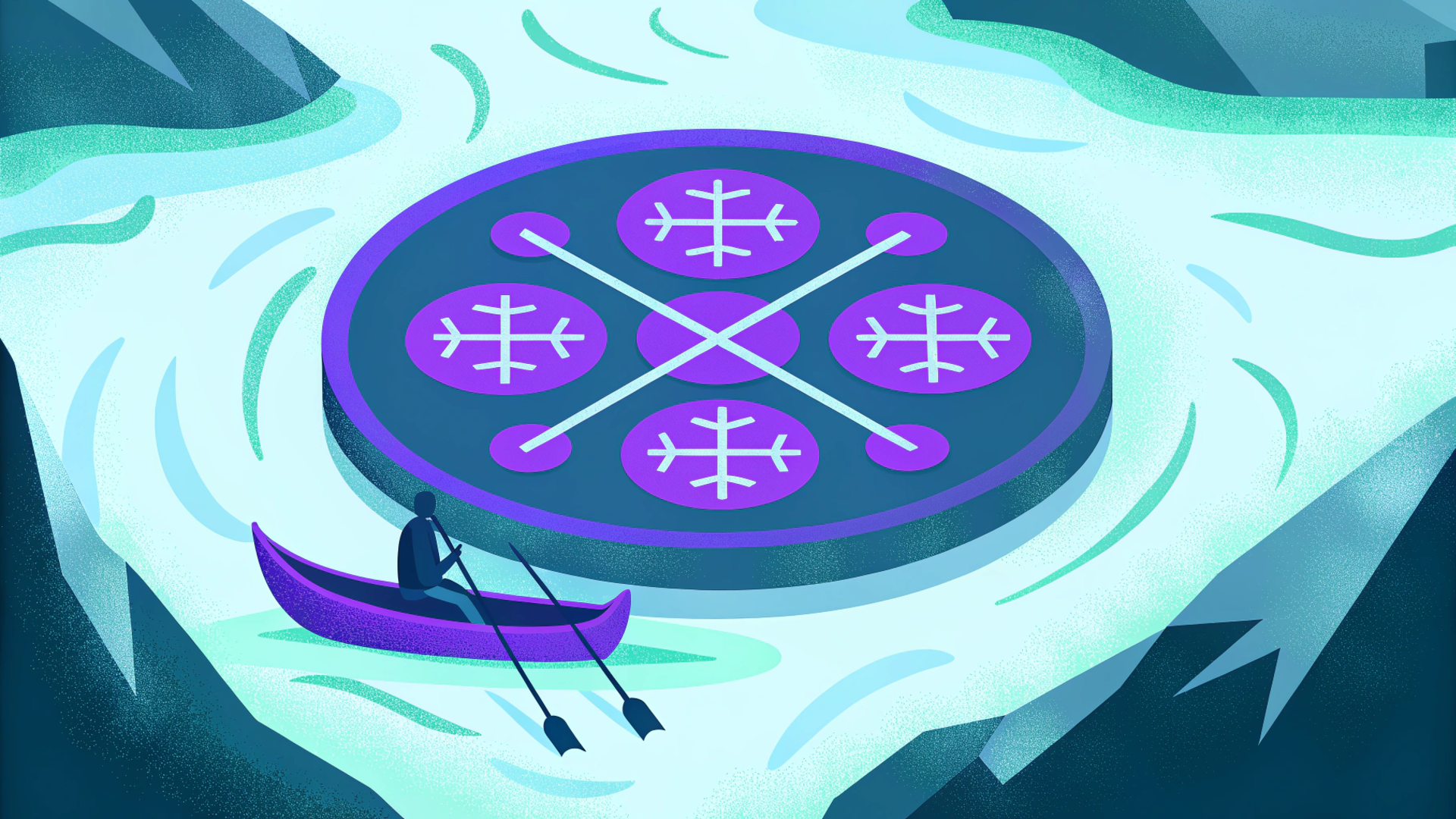
Acquisition metrics help you measure customer acquisition efforts and optimize your marketing funnel. Important metrics include conversion rates, click-through rates, and cost per lead. Monitoring these metrics provides insights into the efficiency of each stage of your funnel, guiding your sales and marketing strategies.
Benchmark:
Average Conversion Rate (B2B Website) = 2%
Engagement Metrics: What does customer engagement look like? Analyze customer behavior and identify pain points to improve the customer experience. To evaluate engagement, consider the following benchmarks:
Benchmark:
Website Session Duration = Around 1 minute 20 seconds
Acquisition Metric Alignment: What should you do after setting up the metrics? Align acquisition metrics with your overall business goals to ensure your marketing and sales activities are driving desired outcomes. By tracking and analyzing these metrics, you can refine your customer acquisition strategies, improve customer retention, and create a loyal customer base.
How to Analyze Customer Engagement
Behavioral Insights: How do you understand customer engagement? Analyzing customer engagement is crucial for understanding how potential customers interact with your product or service. Use tools like LiveSession to record and analyze user sessions, providing valuable insights into customer behavior. These insights can help you identify areas for improvement in your customer journey and tailor your marketing efforts to better meet the needs of your target audience.
Engagement Analysis: How do you get most out of customer session replays? Analyze session replays to identify patterns and friction points in the customer journey. Look for areas where users struggle or drop off, and use this information to optimize your marketing funnel and improve conversion rates. Understanding how users navigate your site or app is key to enhancing the customer experience and encouraging more new customers.
Feedback Integration: How should you use feedback from potential customers? Collect and analyze customer feedback to understand their needs and expectations. Use surveys, reviews, and social media to gather valuable insights that can inform your marketing and sales strategies. By actively listening to your customers, you can refine your product or service and improve customer acquisition strategies.
Strategies for Optimizing Your Funnel
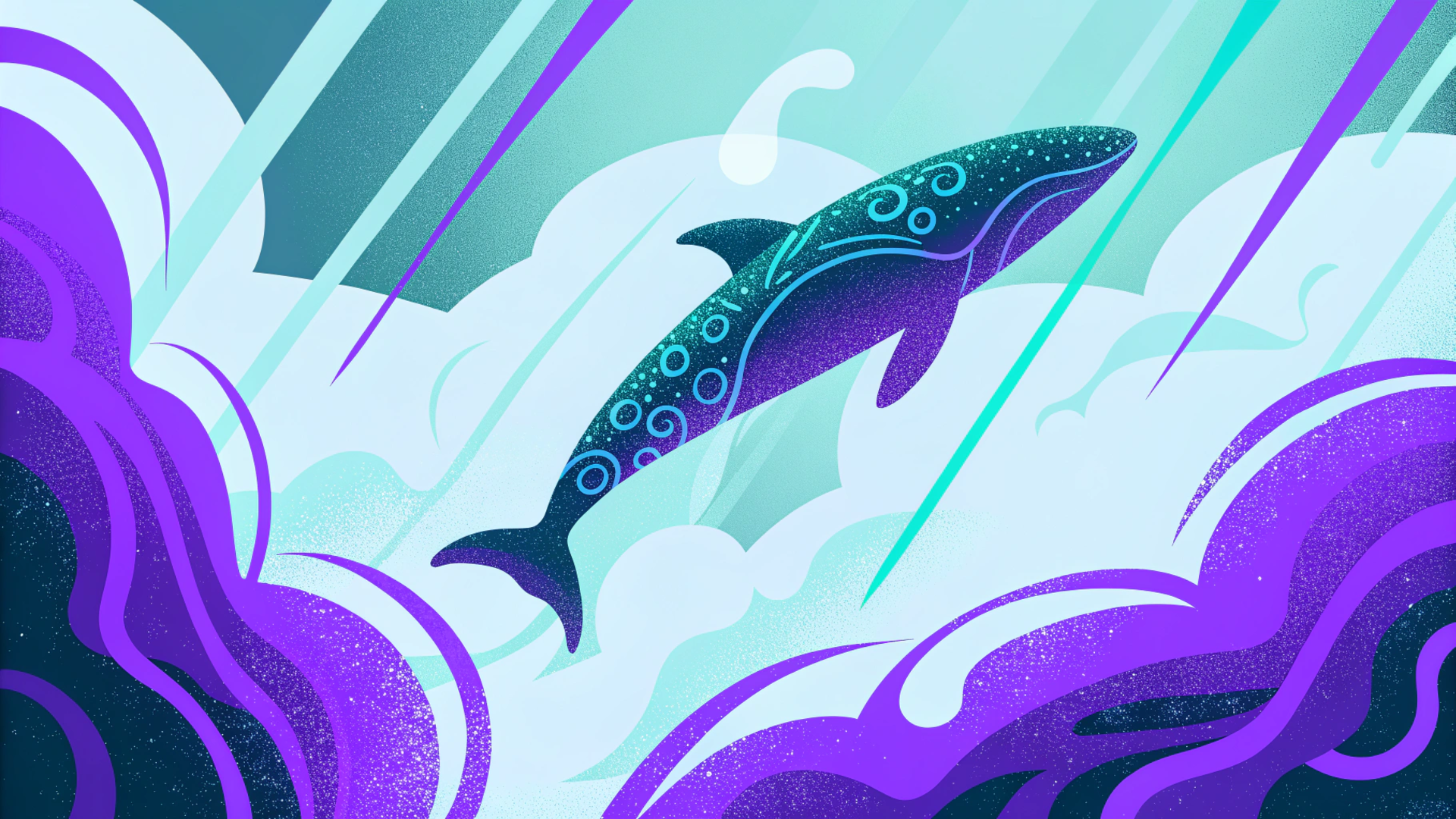
Effective Customer Acquisition Strategies
Acquisition Strategies: What constitutes an "effective customer acquisition" strategy? Effective customer acquisition strategies focus on attracting and converting potential customers into paying customers. This involves understanding your target audience, identifying the best acquisition channels, and tailoring your marketing messages to resonate with their needs and pain points.
Personalization Examples: What are good examples of custom solutions? Personalization is a powerful tactic. For example, ACT Fibernet boosted acquisition 25% through personalized landing paths. By delivering content and offers that are relevant to individual users, you can increase engagement and improve conversion rates.
Continuous Optimization: How do you use these strategies in the long run? Regularly review and optimize your effective customer acquisition strategies based on performance data and customer feedback. A continuous improvement approach ensures that your marketing efforts remain effective and aligned with your overall business goals. Make sure that your strategy is tailored to the target audience's specific needs, which improves customer acquisition efforts.
Leveraging Email Marketing for Funnel Success
Email Nurturing: What role does email marketing play in acquisition? Leveraging email marketing is crucial for nurturing potential customers through the marketing funnel. Implement targeted email campaigns to deliver valuable content and personalized offers at each stage of the customer journey.
Segmentation: What type of email lists should be used? Segment your email list based on user personas, behavior, and engagement levels to ensure that your messaging is relevant and effective. Tailor your marketing emails to address the specific needs and pain points of each segment. For example, highlight product or service benefits that resonate with their unique challenges.
Automated Sequences: How do you set up automatic email campaigns? Set up automated email sequences to guide potential customers through the funnel, from initial interest to making a purchase. Use email marketing automation to trigger emails based on user actions, such as visiting a specific page on your website or downloading a resource.
Utilizing Acquisition Channels Wisely
Channel Identification: How do you choose the right acquisition channels? Utilize acquisition channels wisely to maximize your reach and convert potential customers into a loyal customer base. Identify the marketing channels that are most effective for reaching your target audience and focus your efforts on those channels. A high click-through-rate (CTR) for B2B search ads is >5% [CXL: CTR Benchmarks], guiding paid acquisition strategies.
Channel Analysis: What should be measured for each acquisition channel? Analyze the performance of each customer acquisition channel to determine which ones are driving the most valuable leads and new customers. Track metrics such as conversion rates, cost per acquisition, and customer lifetime value to assess the ROI of each channel.
Channel Optimization: How should you act after measuring channels? Optimize your acquisition channel strategy by allocating resources to the channels that are delivering the best results. Experiment with different approaches and tactics to continuously improve the effectiveness of each channel. Use A/B testing to refine your messaging and offers, ensuring they resonate with your target audience.
Improving Each Stage of the Funnel
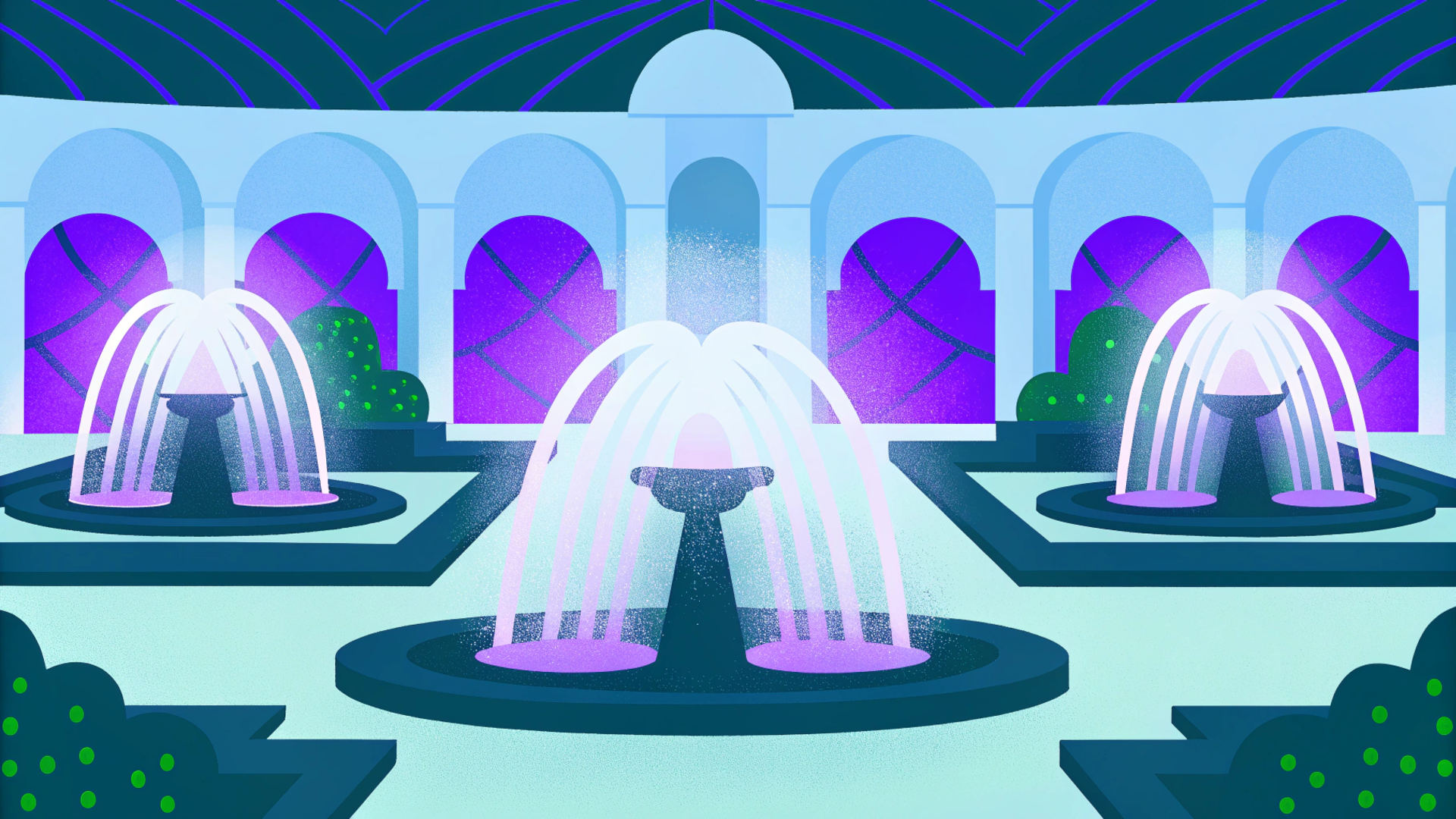
Awareness Stage: Capturing Potential Customers
Initial Contact: How do you make a strong first impression? The awareness stage is where potential customers first learn about your product or service. It's crucial to make a strong first impression to capture their attention and generate interest. A generic approach can lead to a loss of up to 68% of potential customers by the interest stage [Traffic surges, yet 68% evaporates by interest stage—generic blasts overlook cues, driving CAC up 25% against 2025's 2.35% baselines.].
Content Strategy: What content helps reach the ideal customer? Create valuable and engaging content that addresses the pain points of your target audience. This could include blog posts, social media updates, videos, and infographics. Share your content across relevant channels to maximize your reach. The aim is to attract the ideal customer.
Brand Awareness: What contributes to effective customer acquisition efforts? Run targeted ad campaigns on social media and search engines to increase brand visibility and drive traffic to your website. Ensure your messaging is consistent and aligned with your brand values. All of the marketing efforts should be to enhance effective customer acquisition.
Interest Stage: Engaging Your Audience
Engagement Tactics: How do you engage a potential customer? Once potential customers are aware of your product or service, the next step is to engage them and encourage them to learn more. Use interactive content such as quizzes, polls, and surveys to capture their attention and gather valuable insights.
Valuable Resources: What type of resources should be used? Provide valuable resources such as e-books, whitepapers, and webinars to educate potential customers about your product or service. These resources should address their specific needs and pain points, positioning your company as a trusted advisor.
Community Building: How do you build a customer base? Encourage potential customers to join your email list or follow you on social media to stay informed about your latest updates and offers. Engage with them regularly by responding to comments and questions and fostering a sense of community. The aim is to convert a potential customer into a loyal customer base.
Consideration Stage: Personalizing Email Marketing
Email Strategy: How do you personalize email marketing? The consideration stage is where potential customers evaluate whether your product or service is the right fit for their needs. Nurture falters when 40% bail from unprobed doubts [Nurture falters; 40% bail from unprobed doubts, as elites claim 5.31% via signal precision—probe your mid-gate; does it echo this stall?]. Personalize email marketing to provide targeted information and address any concerns they may have.
Targeted Content: What content should be used in the emails? Send case studies, testimonials, and product demos to showcase the value of your product or service. Highlight the specific benefits that are most relevant to each potential customer based on their interests and behavior. This will increase conversion.
Address Concerns: How to address the audience's concerns? Offer free trials or consultations to give potential customers a hands-on experience with your product or service. Use these opportunities to address any remaining questions or concerns and demonstrate how your product or service can solve their problems. It is essential to optimize marketing efforts and implement effective customer acquisition strategies.
Decision Stage: Closing the Deal
Action-oriented Content: How do you encourage potential customers to make a purchase? The decision stage is where potential customers are ready to make a purchase. Closes limp at 5% aggregate, bloating spends while post-acquisition loyals yield 67% higher value; quantify your 98% leak now. High conversion rates at later funnel stages are typically between 4-10% for B2B in 2025. Make it easy for them by providing clear and compelling calls to action.
Offer Incentives: What are some effective incentives? Offer discounts, promotions, or bonuses to incentivize potential customers to make a purchase. Create a sense of urgency by setting deadlines or limiting the availability of these offers to encourage immediate action. This also improves customer retention and creates a loyal customer.
Customer Support: How can customer service make the sale? Provide excellent customer support to address any final questions or concerns and guide potential customers through the purchasing process. Make sure your sales and marketing teams are aligned to ensure a seamless experience.
Tools and Techniques for Funnel Optimization
Using Metrics to Drive Decisions
Data-Driven Decisions: How do metrics help you make better decisions? Metrics are essential for making informed decisions about your customer acquisition strategies. Quarterly ROI can be calculated using the formula: (New Customer Revenue - Acquisition Outlay) / Outlay × 100, aligning your efforts to 5.31% peaks. By closely monitoring these metrics, you can identify what’s working and what’s not, allowing you to optimize your marketing efforts and improve your conversion rate.
Session Replays: How can you visualize customer behavior? Embed these audits in vivid user trajectories using LiveSession. Replay weekly sessions to unearth funnel hesitations, and initiate a trial to chart leaks and validate tweaks on the spot. LiveSession allows teams to measure feature adoption, DAU (Daily Active Users), product stickiness, and define custom conversion funnels, metrics, dashboards, and events. This visibility into the customer journey is invaluable for refining your customer acquisition funnel.
Real-time Adjustments: How do you fix the issues on the spot? Use the insights gathered from metrics and session replays to make real-time adjustments to your marketing campaigns and website. This iterative approach ensures that you're always optimizing your funnel for maximum performance and customer retention.
Demoing the Importance of User Feedback
Feedback Analysis: What is the importance of user feedback? User feedback is critical for understanding the needs and pain points of your target audience. Collect feedback through surveys, reviews, and customer interviews to gain valuable insights into their experiences with your product or service. Businesses currently handle over 175 zettabytes of customer data in 2025 [Forbes: 175 Zettabytes by 2025], underscoring the need for advanced insights tools to process vast datasets. This will also help you improve customer acquisition efforts.
Feedback Implementation: How to implement the feedback? Use user feedback to inform your marketing and sales strategies, as well as your product development efforts. Address any concerns or suggestions that are raised by your users, and demonstrate that you're listening and responding to their needs. 63% of consumers expect companies to listen and act on their feedback [AmplifAI: Customer Service Statistics], driving demand for real-time insights software. This will improve customer loyalty.
Continuous Improvement: How does feedback lead to continuous improvement? Integrate user feedback into your continuous improvement process to ensure that you're always optimizing your product or service for maximum customer satisfaction. This iterative approach will help you build a loyal customer base and drive sustainable growth. Customer satisfaction scores dropped 15% amid rising data volumes [AmplifAI: Customer Insights Blog], highlighting insights platforms' role in recovery.
Best Practices for Continuous Improvement
Continuous Optimization: What should you be doing regularly? Continuous improvement is essential for maintaining a high-performing customer acquisition funnel. From pipeline overhauls, audit CAC formulas quarterly, and target a Customer Lifetime Value (CLV) that's three times greater than your Customer Acquisition Cost (CAC) to ensure long-term sustainability. Regular analysis of your funnel stages, metrics, and customer feedback is crucial for identifying areas for improvement.
A/B Testing: How can A/B testing improve conversions? Use A/B testing to experiment with different approaches and tactics for optimizing your funnel. Test different headlines, offers, and calls to action to see what resonates best with your target audience. This will allow you to optimize marketing efforts and improve conversion rates.
Improvement Loop: What are the key steps for continuous improvement? Run this audit loop tomorrow to continually test different approaches. By making small, incremental changes and measuring the results, you can continuously improve the performance of your funnel and improve customer retention.
Conclusion and Next Steps

Recap of Key Takeaways
Funnel Stages: What are the key stages in the funnel? The customer acquisition funnel is a visual representation of the customer journey, from initial awareness to becoming a loyal customer. Understanding each stage and optimizing it for maximum performance is crucial for driving sustainable growth. Pilot a sequence at once. Diagram your funnel in a canvas tool today, and annotate drops to improve customer experience.
Key Metrics: What are the most important metrics to track? Tracking key metrics such as Customer Acquisition Cost (CAC), conversion rates, and Customer Lifetime Value (CLV) is essential for measuring the effectiveness of your marketing efforts. Monitor these metrics regularly to identify areas for improvement. By improving your metrics you will have a better customer lifecycle.
Continuous Optimization: What is the key to long-term success? Continuous improvement is the key to long-term success. Regularly analyze your funnel, gather customer feedback, and experiment with different approaches to ensure you're always optimizing for maximum performance. Alter one element this week and log gains to create effective customer acquisition.
Start Optimizing Your Funnel Today
Start Today: Don't wait to start optimizing your funnel. The sooner you begin, the sooner you'll see results. Implement the strategies and techniques outlined in this guide to start driving more leads, conversions, and revenue for your business. Don't let 98% of your prospects slip, sign up for LiveSession now and transform funnel guesswork into observable wins; start your free trial today.
Explore LiveSession: How can LiveSession help? With LiveSession, you gain the tools you need to dive deep into understanding your customer's journey. Start using session replays to see exactly how potential customers interact with your site, identify friction points, and optimize the customer experience. This level of insight allows you to make data-driven decisions, refine your marketing strategies, and boost your conversion rates.
Start Free Trial: Are you ready to convert a potential customer into a new customer? Begin your journey toward a more effective customer acquisition funnel by starting a free trial of LiveSession today. This is your opportunity to see firsthand how LiveSession can transform your approach to customer acquisition and drive sustainable growth for your business. Don't miss out on the chance to create a loyal customer base.
Related articles
Get Started for Free
Join thousands of product people, building products with a sleek combination of qualitative and quantitative data.




